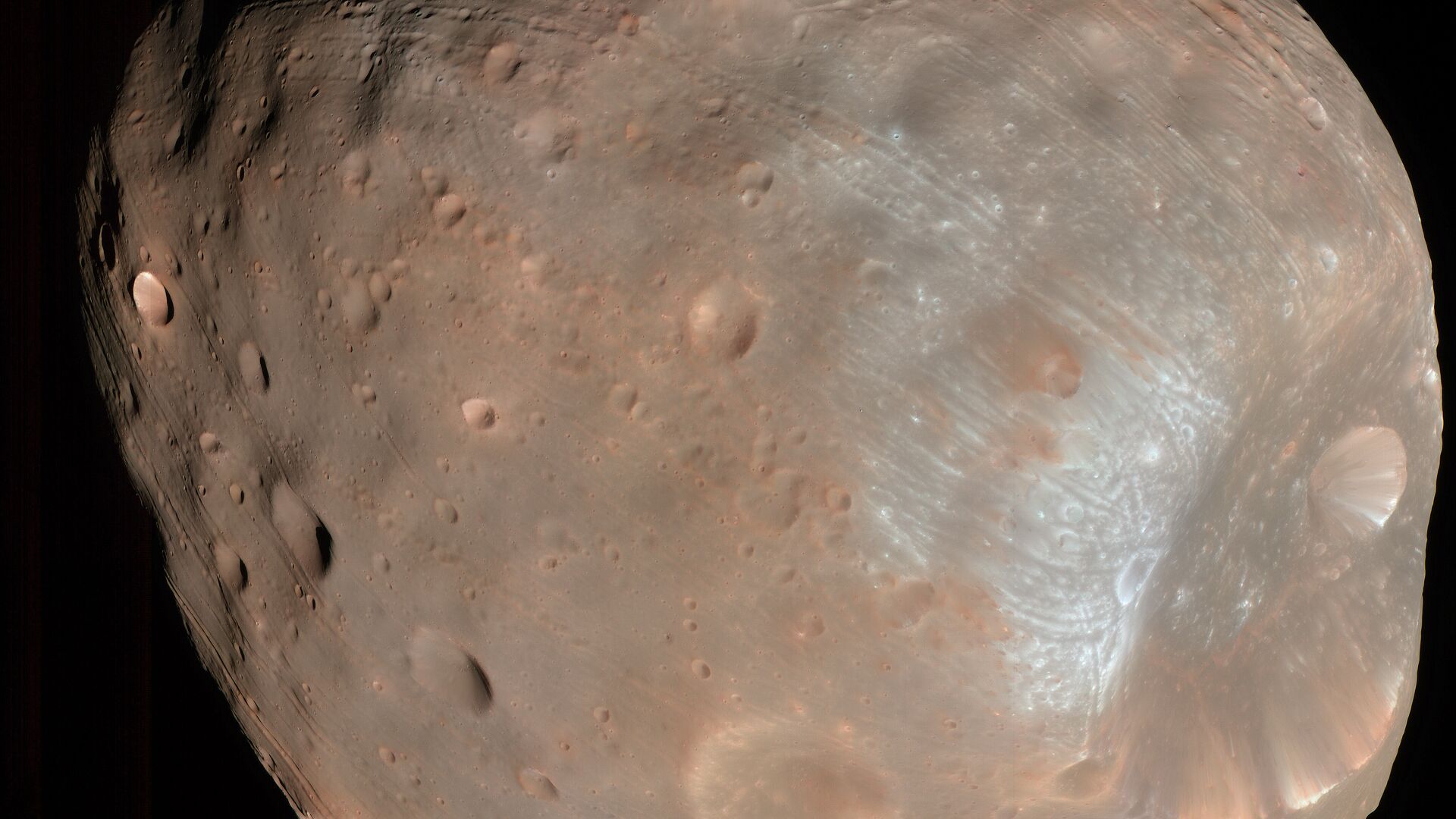
SAMARA, January 15 A student at Samara Korolev University has calculated the optimal conditions for a mission to study the Mars satellite Phobos; the data can also be used when designing missions to other celestial bodies, the university press service told reporters.
“Student of the Institute of Aviation and Rocket and Space Technology of Samara Korolev University, Anastasia Romanenko, under the guidance of Professor of the Department of Theoretical Mechanics Vladimir Aslanov, calculated the optimal conditions necessary for a successful mission to study the satellite of Mars Phobos. During the scientific research, orbits were simulated and the initial speeds of the space probe were calculated , allowing us to remain in Phobos orbit for as long as possible,” the university said in a statement.
The student noted that Phobos has a very low density, so the usual Keplerian orbits in which spacecraft operate around the Earth or the Moon cannot be used in the case of a Martian satellite; it is necessary to consider movement in quasi-satellite orbits. They represent special trajectories passing outside the sphere of the main gravitational influence of a small celestial body. At the same time, they are exposed to gravity from a larger and more distant celestial body.
As part of the scientific research, quasi-satellite orbits with an altitude of about 22 kilometers were considered. Such orbits are suitable for monitoring the surface of Phobos or delivering an automatic research station to it. “By means of computer modeling, a range of initial speeds of the spacecraft was found at which the quasi-satellite orbit will remain unchanged for a long period of time,” said the author of the study.
The data obtained are also planned to be used when designing missions to other celestial bodies.





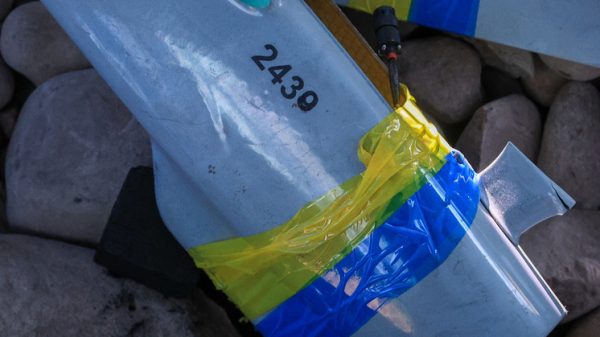


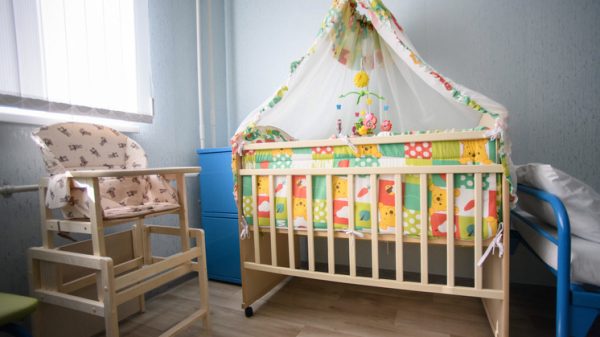

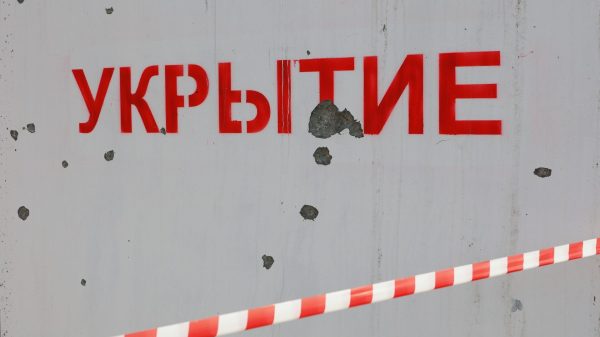
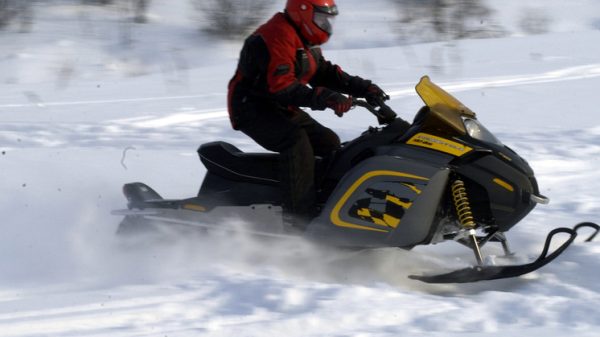


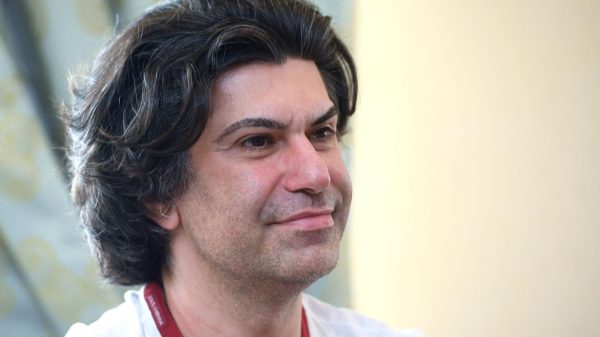



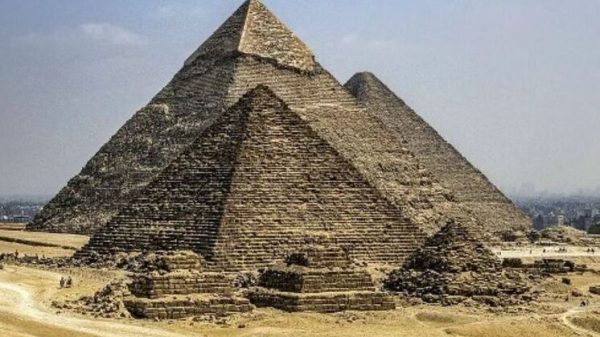

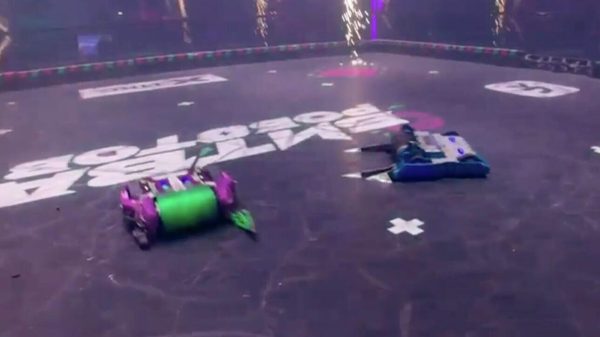
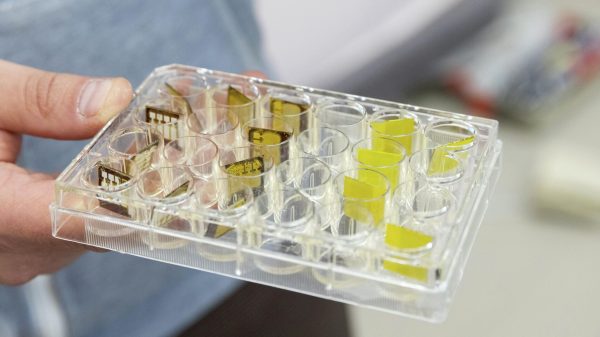






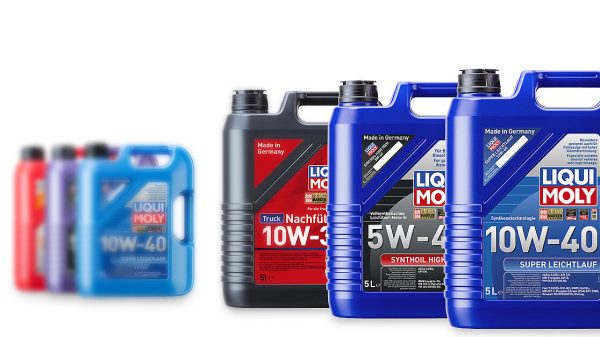








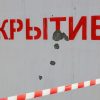














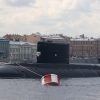

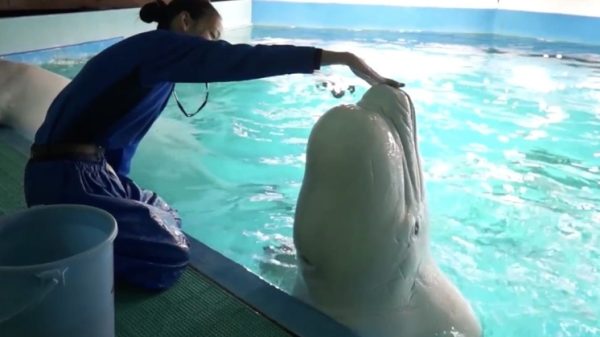
Свежие комментарии